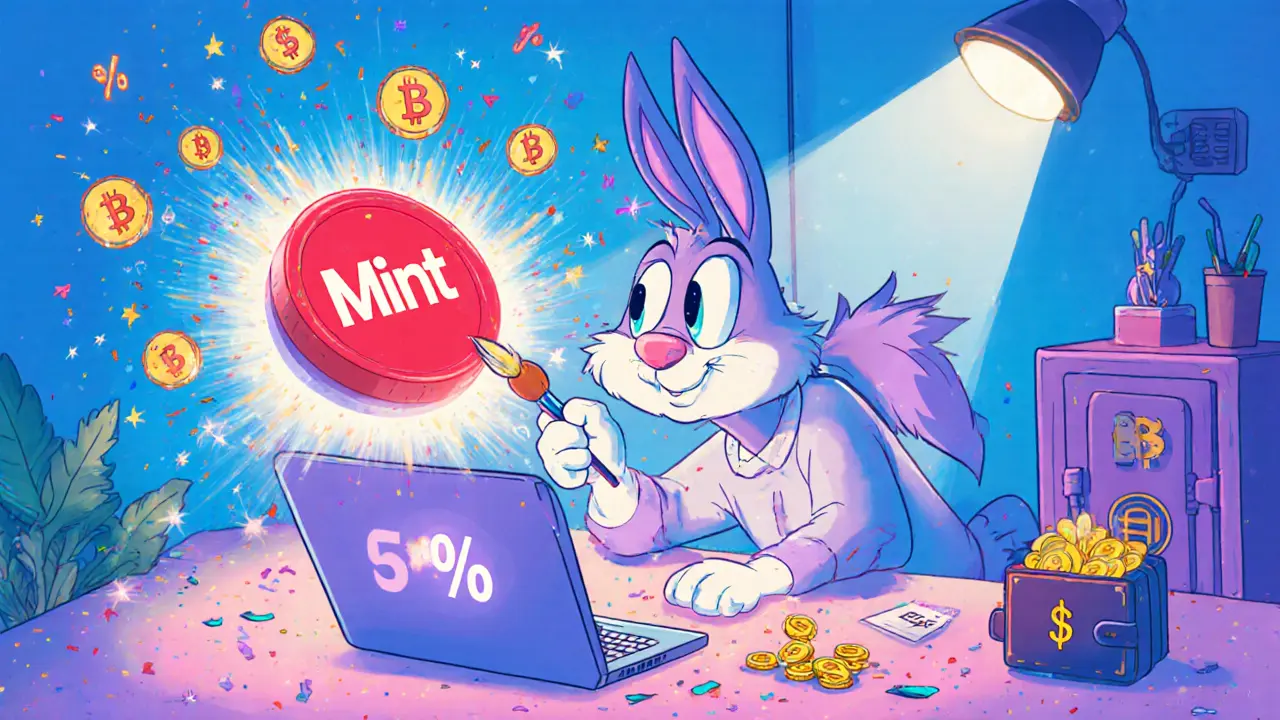Content Ownership in Crypto and Web3
When talking about Content Ownership, the right to control, distribute, and monetize digital assets using blockchain technology. Also known as digital asset ownership, it lets creators lock in provenance and earn from their work without relying on a middleman.
This concept connects tightly with Token‑Based Governance, a voting system where token holders decide protocol upgrades and policy changes. content ownership often requires Smart Contracts, self‑executing code that enforces rules and distributes rewards automatically. Together they form a feedback loop: owners earn tokens, tokens grant voting power, and votes shape how ownership rules evolve.
Another pillar is NFTs, unique, non‑fungible tokens that act as verifiable certificates of authenticity for digital content. NFTs give creators a tamper‑proof claim to their work, enabling royalties every time the piece changes hands. This ties back to content ownership because the NFT’s metadata records the original creator and any subsequent licensing terms.
But ownership isn’t just about tokens on a single chain. Decentralized Storage, peer‑to‑peer networks like IPFS or Arweave that keep files available without a central server ensures the actual content lives outside any single provider’s control. When you pair decentralized storage with an NFT, you lock both the data and its proof of ownership into an immutable ledger.
These four entities—content ownership, token‑based governance, NFTs, smart contracts, and decentralized storage—create a web of interdependencies. Content ownership encompasses token‑based governance by letting owners influence the rules that protect their rights. Content ownership requires smart contracts to automate payouts and enforce licensing. NFTs influence content ownership by providing a verifiable, tradable claim. Decentralized storage supports content ownership by keeping the underlying media safe and accessible.
In practice, this means a musician can mint an NFT for a new track, store the audio file on Arweave, and embed royalty logic in a smart contract. Token holders who support the platform can vote to lower fees or add new royalty splits, directly shaping how the creator earns. The artist retains full control over the work while the community governs the ecosystem.
Developers building platforms around these ideas often start with a token‑based governance model, layer smart contracts for payments, and then attach NFTs that point to content stored on a decentralized network. The result is a full‑stack solution where every participant—creator, collector, or validator—has a clear, enforceable stake.
Below you’ll find articles that dive deeper into each of these building blocks. From token‑based governance mechanics to NFT royalty structures, from smart contract security tips to the latest decentralized storage options, the collection gives you concrete examples, real‑world case studies, and actionable steps to protect and monetize digital assets.

